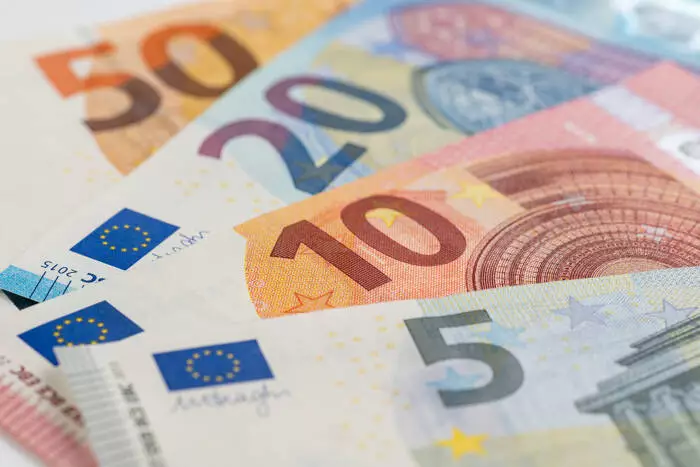In recent weeks, gold has demonstrated remarkable strength, positioning itself for its most significant monthly gain since March of the previous year. This upward trajectory is attributed to robust market sentiment, fueled by ongoing uncertainties within American politics. Investors are increasingly aware of how political decisions impact economic stability and, consequently, commodity prices. As a safe-haven asset, gold often gains favor during tumultuous times when market participants seek security from volatility. Consequently, its increasing value reflects a growing concern regarding not just economic indicators but also political maneuvers that could sway financial landscapes.
Central Bank Policies: A Tale of Two Monetary Authorities
This week has seen contrasting strategies from two major central banks: the Federal Reserve (Fed) and the European Central Bank (ECB). The Fed chose to maintain its interest rate at 4.25-4.5%, emphasizing the need for clear progress towards its inflation target before considering any cuts. Indications from the Fed’s recent communications suggest a pivot in focus, with a notable removal of references to achieving a 2% inflation target in the near future. This adjustment indicates a possible long-term shift in inflationary trends rather than a temporary phenomenon. The Fed’s cautious approach to monetary policy is imperative as job market indicators remain robust, alleviating recession fears for now.
In contrast, the ECB proceeded with an anticipated reduction in its main refinancing rate, decreasing it to 2.9%. As inflation rates in the Eurozone fall behind those in the USA, the ECB forecasts a gradual decline towards its target, offering it more leeway for further cuts compared to the Fed. These varying approaches to monetary policy highlight the diverging economic conditions in Europe and North America and present implications for currency exchange rates.
Trade Policy and Market Reactions
Political uncertainties are not limited to monetary policy; global trade dynamics are also at play, significantly influencing market behaviors. Recently, former President Donald Trump made headlines by announcing intentions to impose substantial tariffs on imports from Canada, Mexico, and potentially China. While there is an expectation among market participants regarding these tariff changes, traders are particularly focused on the specifics of how these tariffs will affect various products and their overall costs.
The uncertainty surrounding trade policy can induce fluctuations in both foreign exchange markets and commodity prices. As these tariffs loom, the relationship between the dollar, euro, and other currencies becomes increasingly delicate. A substantial gap in interest rates, coupled with trade tensions, could expose certain currencies to added volatility, further complicating the ambiance of market trading.
As gold enjoys a bullish phase amid political uncertainties, the divergence in central bank policies between the Fed and ECB creates a complex landscape for investors. The interplay of rising inflation, interest rates, employment stability, and political decisions will likely shape market trajectories in the coming months. Traders are advised to remain vigilant and adaptable, as both monetary and trade policies continue to evolve. With uncertainty prevailing, careful analysis of economic indicators, alongside political developments, will be essential for navigating these challenging financial waters.

